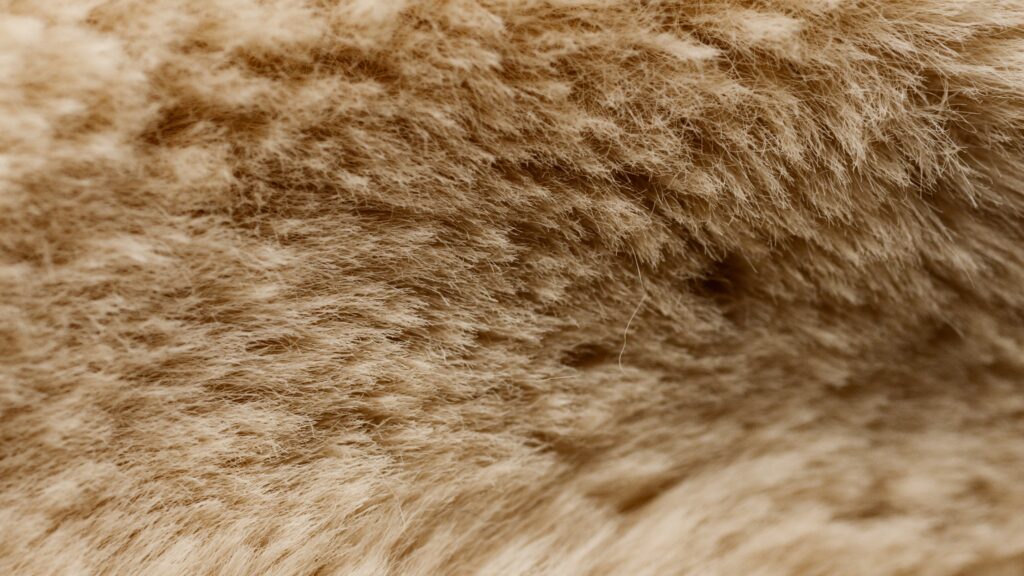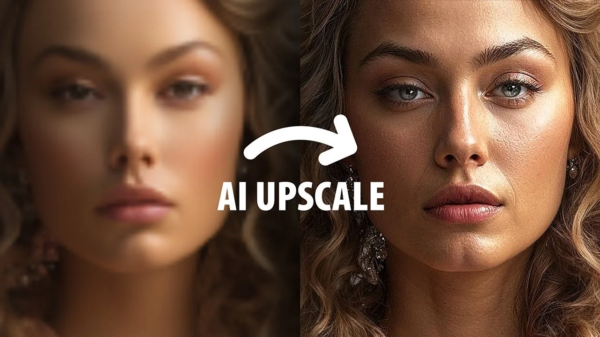Before we tackle this question, we must stop to think: is it ethical to use any animal for our personal use?
Research conducted by the royal commission of Canada (a royal commission is a government inquiry) showed that people accept that the usage of animals is morally permissible if the prerequisites are fulfilled:
- The species should not be endangered.
- Unreuired pain should not be imposed.
- If killing is involved, then it should have an essential purpose.
- The killing should result in little to no wastage.
A majority of people choose to not be vegan, even though they are aware of the animal product consumption has on the environment. We need to accept that sporting fur is an individual choice. The lack of impartial reports on the issue can create confusion for buyers. Whatever may be your outlook on fur worn for fashion, it’s essential to make an informed decision when buying your new winterwear.
There are two main sources from which fur is collected: fur farms, which foster and breed animals in detention and use their fur, and ‘fur trappers’, who trap to hunt animals in the forests.
15% of fur comes from wild animals, including foxes, coyotes, beavers, raccoons, and muskrats. Minks, rabbits, and chinchillas are typically bred. An increase in animal slaughter can be reported when trends steer towards fur. Fur farmers stand by the usage of animals for fur because the fabric is special for its warmness and longevity.

The bond between human beings and the environment has always been a problematic one. Individuals have taken benefit of nature for centuries. The towns and cities we occupy were once habitats for these very species.
The problem with faux fur is that it’s not as sustainable as natural fur. Faux fur isn’t biodegradable because it is produced from synthetic substances that are obtained from petroleum and coal. As claimed by the International Fur Trade Federation, the method of producing faux fur demands three times as much non–renewable energy as natural fur. Fur, from the standpoint of the fur business, is a renewable resource.
But then, why do people need fur or faux fur at all? Many believe that it’s not necessary to have faux fur on clothing. If it’s not suitable for nature then it need not be produced at such a massive scale.
The fur industry understands the complaints of animal rights activists and labels that don’t want to link themselves with this horrific animal brutality, so it has taken efforts to guarantee that its animals are not put through torment or inadequate living situations. For example, the Origin Assured (OA) endeavor backs fur farmsteads in an alike manner to the laws that are put on cattle and poultry ranches. They manage the proper handling, nutrition, carting, and euthanizing of animals to safeguard their welfare.
One horrific belief that is regularly spoken about in the fur industry is that animals are skinned while they are alive. While that is not only barbaric and impractical, it is also banned in North America, Europe, and other parts of the world. The Fur Commission USA, which represents mink farmers, stresses sound housekeeping and tension-free setting with the minks that they breed as they believe that a fur-bearing animals’ healthiness is instantly imaged in the clothing.
Obviously, there are regions within the fur industry, notably in less regulated provinces, that are absolutely horrendous. The principles of global fur production are fractured deeply. Mimicking apparel manufacture, production of fur has moved to the East, where there is very little enforcement of animal interest and ineffective decree. Animals are used and periodically mistreated for their fur.
The ethics behind fur production are not very clear. One may choose the respectable alternative to be totally vegan and not wear natural fur, leather, or consume animal products. Or one may prefer to continue sporting fur jackets for the warmness it delivers. Nonetheless, it is essential to guarantee that the fur is ethically sourced, just like any other garment one purchases.
It can be noted that fur garments are extremely durable, can be worn as a stylish vintage piece or taken apart and reconditioned as fashions change, and will eventually biodegrade – a significant environmental virtue.
Another extremely ethical way to purchase fur is to buy second-hand. Instead of encouraging the production of new fur garments, consumers can purchase existing garments and sport them.
Source: truthaboutfur.com, and 34st.com





































Tharun Bangera
February 2, 2022 at 3:00 pm
I love how informative this article is, also that instead of supporting a particular idea, it’s proposing the ethical way of practicing it.
Hope for more such reads..🌻
k
February 2, 2022 at 11:13 pm
very well researched and written!